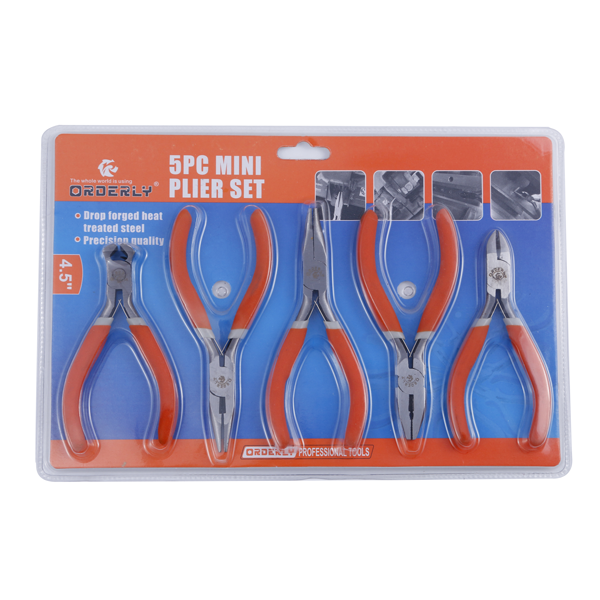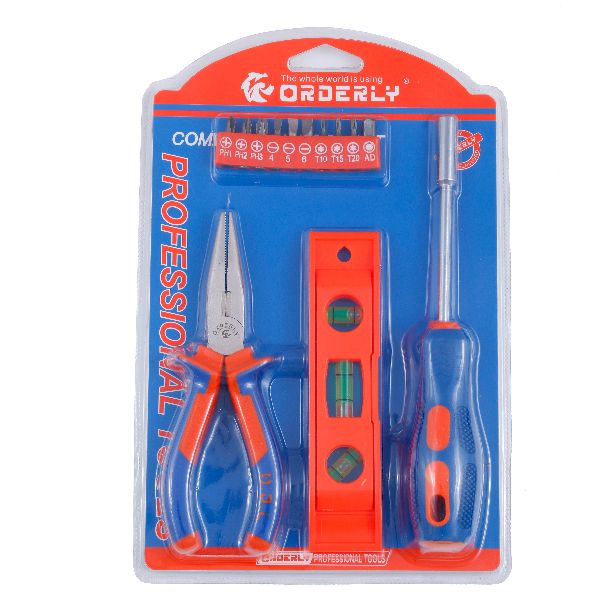Exploring the world of handloom weaving unfolds a rich tapestry of heritage and craftsmanship. This article delves into the essential tools that have shaped the handloom industry, their unique functions, and the timeless techniques passed down through generations. Understanding these tools not only enriches our appreciation for the woven fabric but also highlights the intricate process behind creating handloom products.

The Loom: Heart of Hand Weaving
At the core of handloom weaving is the loom, a device integral to the process. Traditional handlooms vary in design and complexity, from simple frame and backstrap looms to more sophisticated floor looms. These looms hold and tension the warp threads, the longitudinal threads, allowing the weaver to interlace the weft threads (the transverse elements) through them. The loom’s primary function is to facilitate the interlocking of these threads, which form the fabric’s structure.

Shuttle: Weaving Threads Together
The shuttle is a crucial tool in handloom weaving. It carries the weft thread across the warp. Made from wood, metal, or bone, the shuttle is designed to smoothly pass through the shed (the temporary space between the lifted and unlifted warp threads). Efficiency and precision in handling the shuttle significantly affect the texture and quality of the woven fabric. The shuttle exemplifies how traditional techniques utilize simple tools to create complex textiles.
Reed: The Comb That Crafts the Cloth
A reed is similar to a comb, consisting of multiple fine slots through which the warp threads are passed. This tool is pivotal in the weaving process, as it separates the warp threads, ensuring even spacing and tightness in the weave. The reed also beats the weft thread into place after each pass of the shuttle, compacting the cloth and defining its density and structure. The craftsmanship behind each fabric can be attributed in part to the effectiveness of the reed in the weaving technique.
Heddles: Creating the Weave Patterns
Heddles are central to creating patterns in handloom fabrics. Connected to the loom’s harnesses, heddles guide the warp threads. Each thread passes through a heddle eye, which controls the movement of individual warp threads during weaving. By lifting and lowering specific groups of threads, heddles facilitate the creation of intricate patterns and textures. The diversity of handloom products is a testament to the versatility and precision of heddles in manipulating fabric structure.
Battens and Beaters: Defining the Fabric’s Texture
Battens or beaters are tools used to push the weft thread tightly against the weave, contributing to the fabric’s compactness and texture. Typically made from wood, these tools vary in size and weight, affecting their impact on the cloth. A light touch can create a looser weave, while a firm press results in a denser fabric. This variation allows weavers to produce a range of textiles, from delicate sheers to sturdy upholstery materials. The skill in using battens underscores the weaver’s role in defining the tactile quality of the fabric.
The art of handloom weaving showcases a fascinating blend of skill, tradition, and creativity. Through the deft use of tools like the loom, shuttle, reed, heddles, and battens, artisan weavers breathe life into simple threads, crafting fabrics full of character and history. As we uncover the names and functions of these essential handloom tools, we gain insight into the intricate process that culminates in the beautiful, woven textiles admired around the world.
